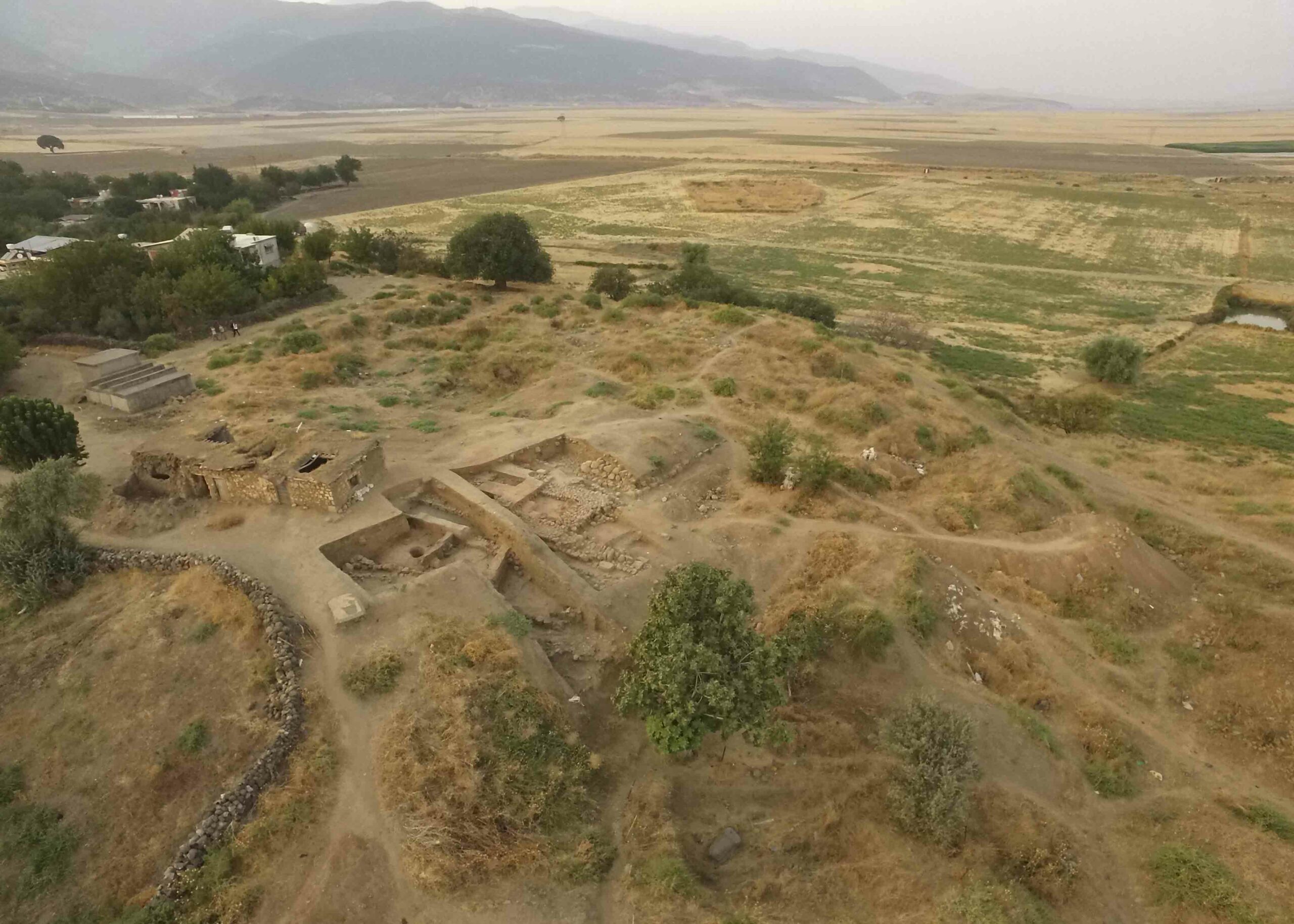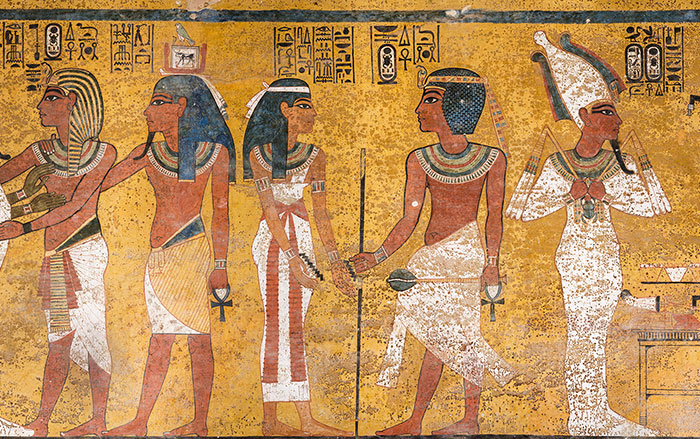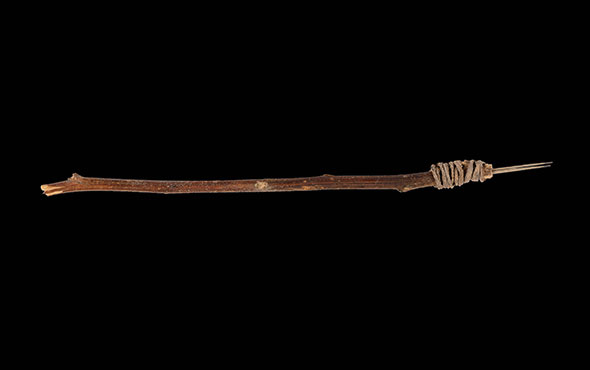
PERTH, AUSTRALIA—Live Science reports that a new study of the “Kula footprints,” which were discovered in a layer of volcanic ash in western Turkey’s Kula Volcanic Geopark in the 1960s, employed two separate dating methods—radiogenic helium dating and cosmogenic chlorine exposure—to determine the footprints were left behind some 4,700 years ago. It was previously suggested that the footprints may have been made by Neanderthals some 250,000 years ago, and that the individuals had been fleeing a volcanic eruption. But Inan Ulusoy of Hacettepe University and Martin Danišík of Curtin University say the footprints were made by modern humans walking with staffs at normal speeds along with an unidentified species of wolf, coyote, or dog. The walkers may have approached the volcano for a closer look after its initial eruption, and may even have recorded the event, Ulusoy explained, with an illustration that is now known as the Kanlitaş rock painting, located about 1.2 miles away from the footprint site. The artwork shows a line that might represent lava flowing out of a crater-like circular shape. “Anyone can imagine that this is an event that one may face rarely in a lifetime,” Ulusoy said. “This may have given the inspiration to the Bronze Age people to leave the note behind.” For more on archaeology in Turkey, go to “Skull Cult at Göbekli Tepe.”











